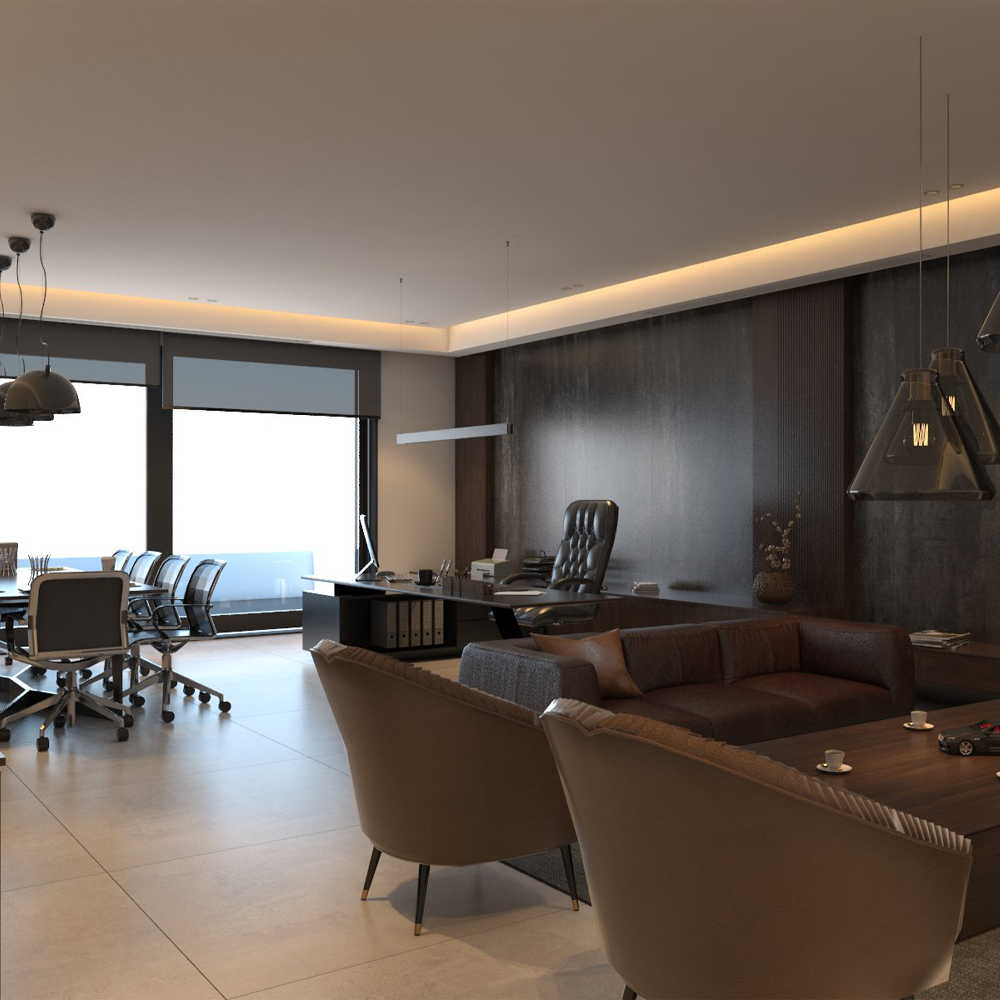

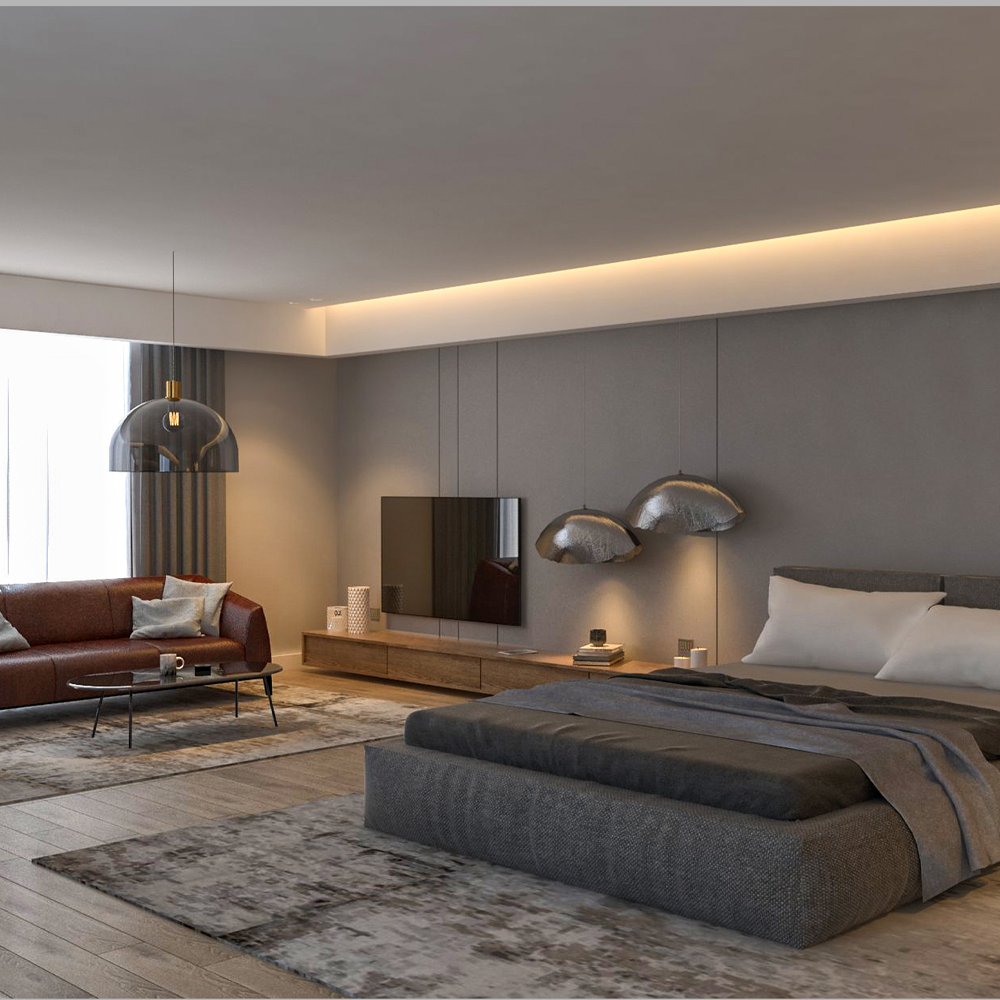
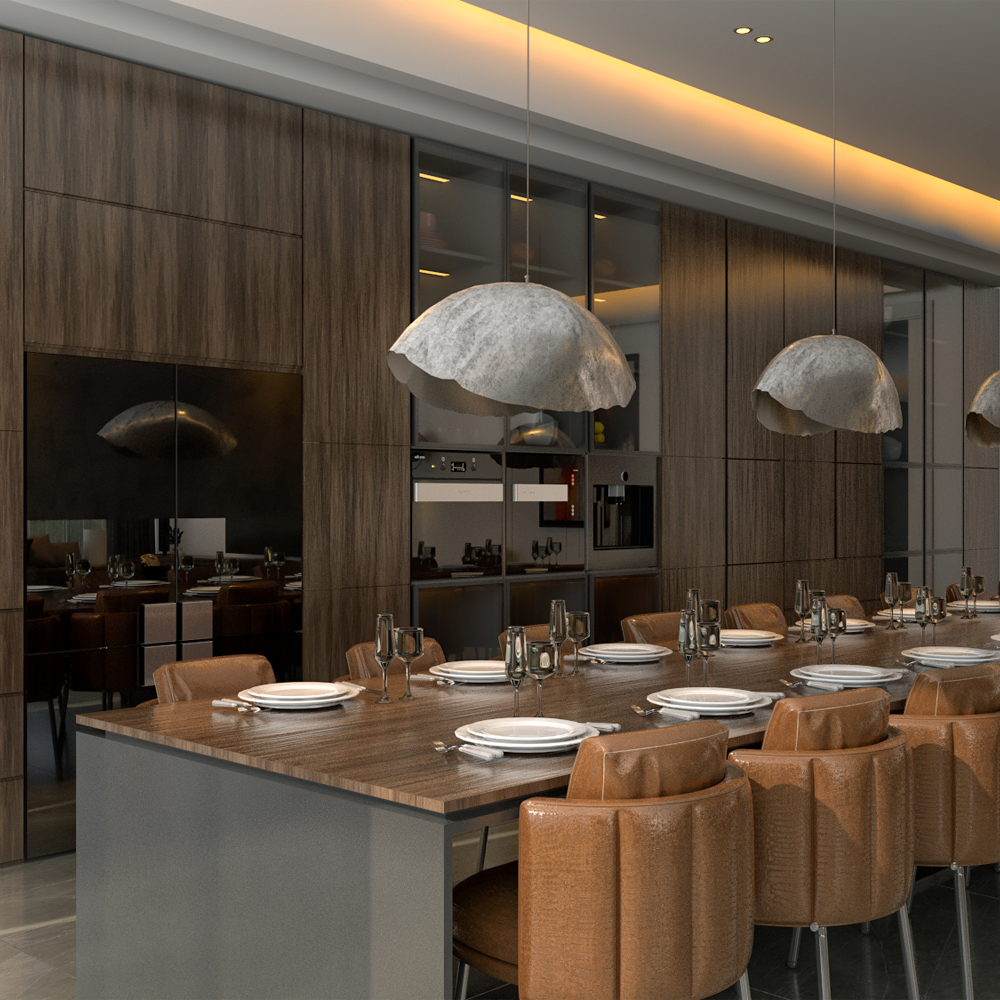
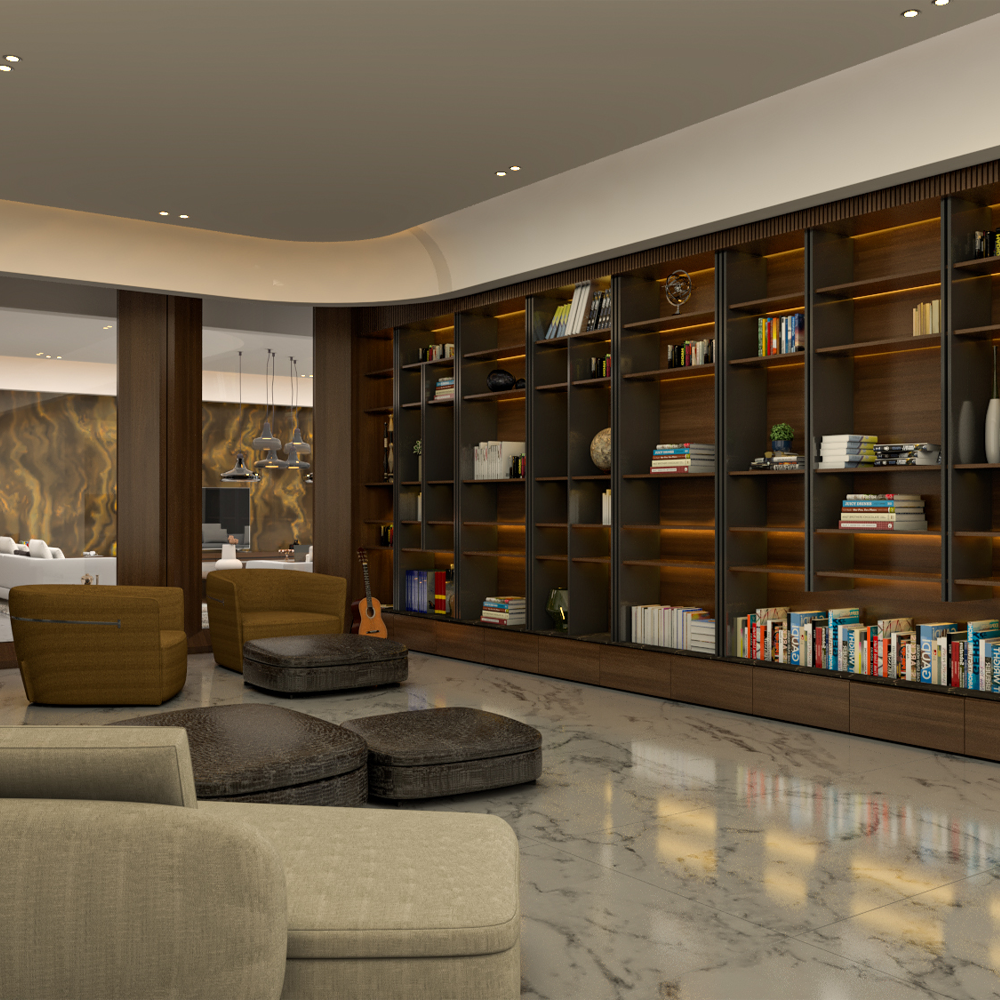
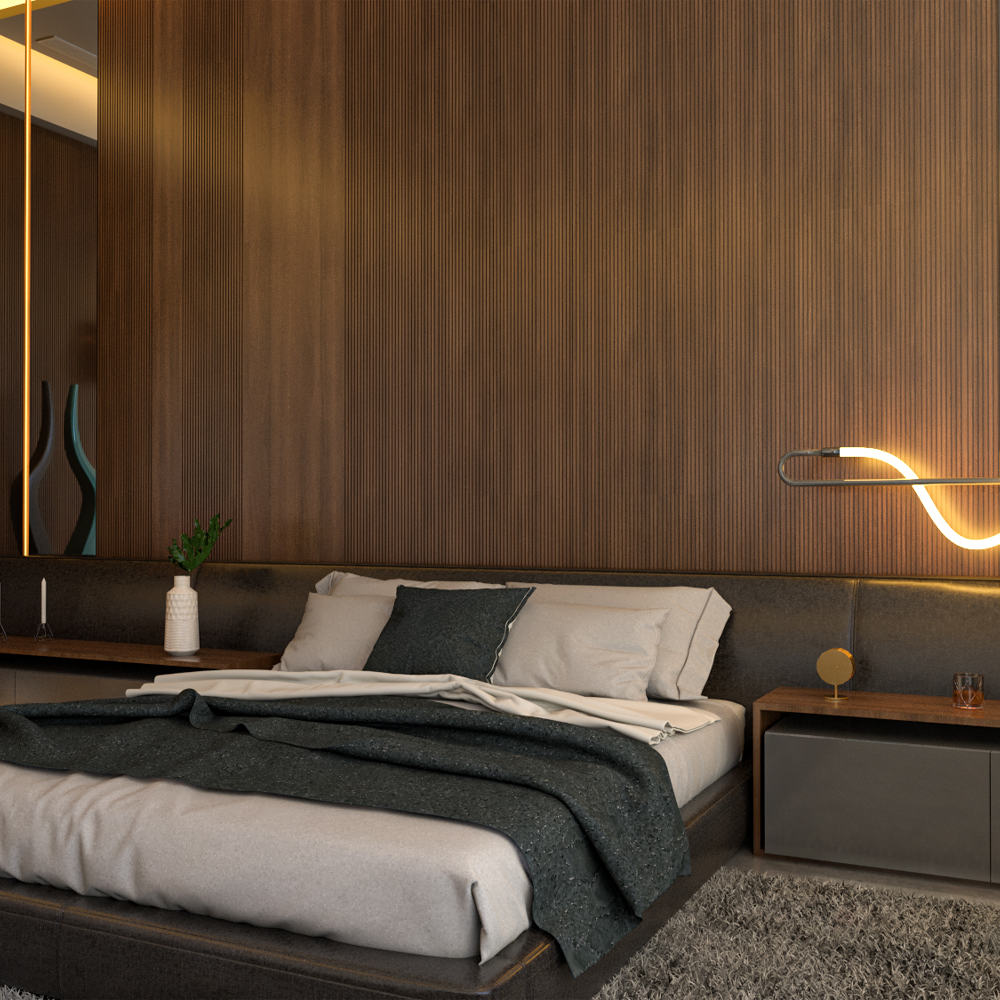
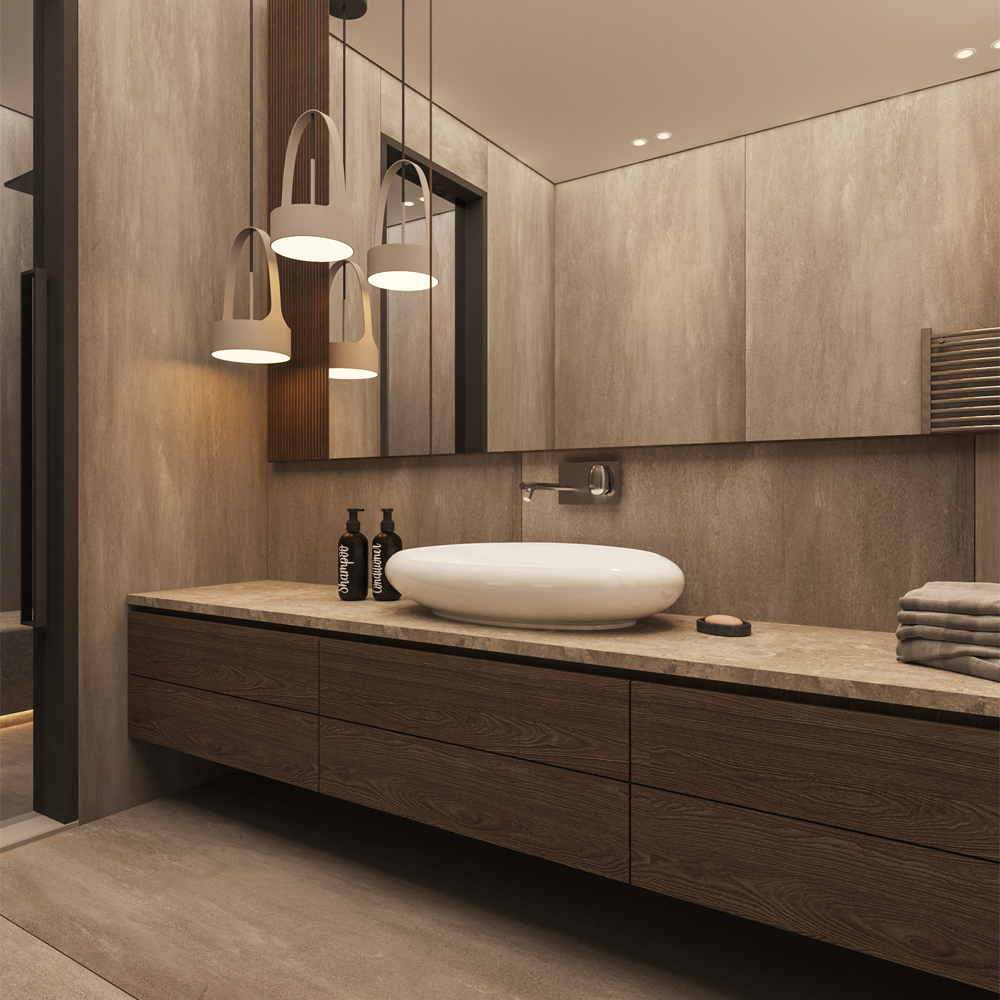
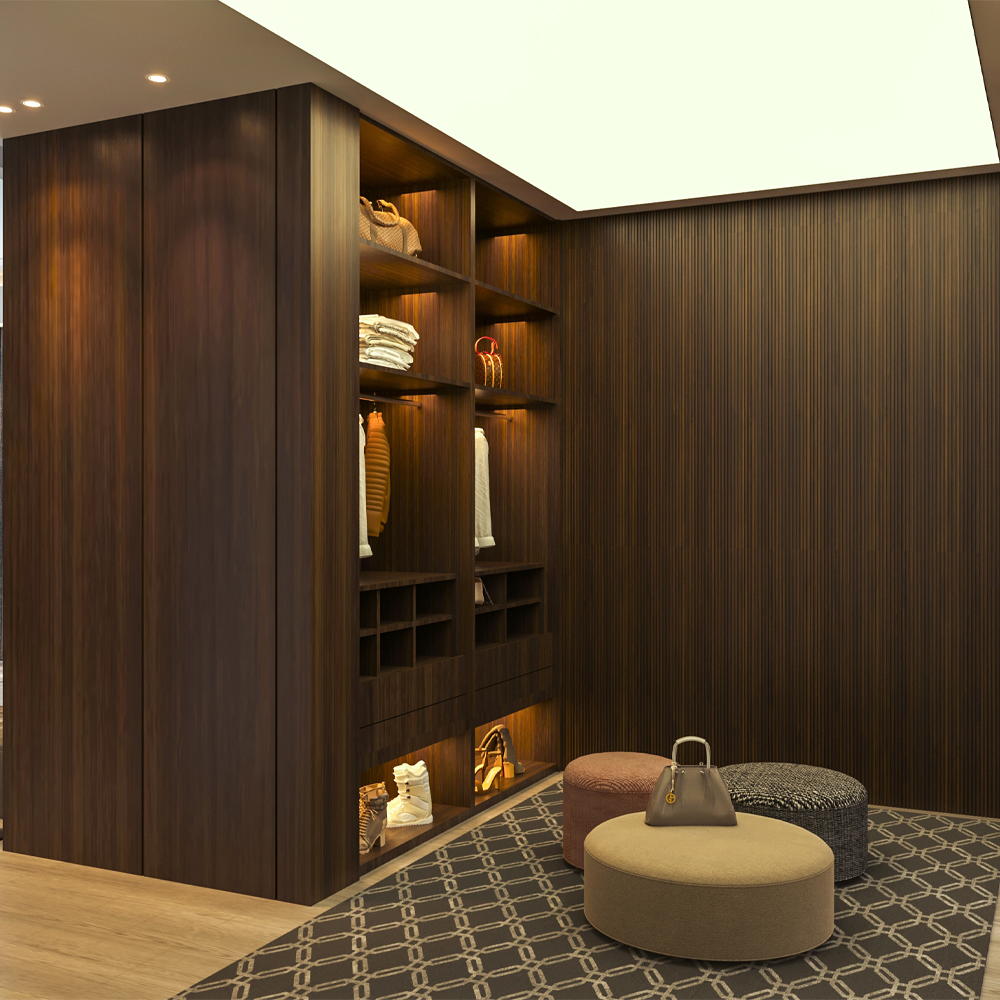

Human-Centered Design
Human-centered design in architecture places individuals at the core of the creative process, emphasizing their needs, preferences, and experiences. This approach is dedicated to crafting spaces that prioritize the well-being and satisfaction of the people who inhabit them.
Advantages:
- Optimized User Experience: Human-centered design ensures that architectural spaces are finely tuned to meet the specific needs and preferences of users, resulting in environments that are not only intuitive and comfortable but also elevate overall satisfaction.
- Improved Functionality: Through a deep understanding of how people interact with and utilize spaces, human-centered design leads to layouts and features that are more functional. This approach enhances usability and efficiency, creating spaces that seamlessly accommodate the daily activities and preferences of the occupants.
- Enhanced Well-Being: By focusing on the human experience, human-centered design contributes to the creation of environments that actively support well-being. Considerations such as ample natural light, ergonomic design, and a connection to nature positively impact occupants’ physical and mental health, fostering a holistic sense of comfort and contentment.
